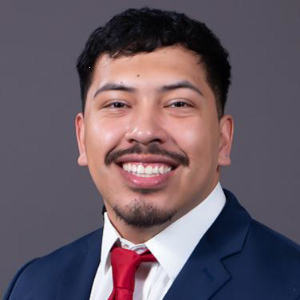Title : Transcutaneous auricular vagus nerve stimulation inhibits mental stress-induced cortisol release-potential implications for inflammatory conditions
Abstract:
Elevated glucocorticoid levels with reduced glucocorticoid responsiveness have been reported in chronic inflammatory conditions. Activation of neurons in the nucleus of the solitary tract by transcutaneous auricular vagus nerve stimulation (taVNS) may activate inhibitory pathways projecting to the hypothalamic paraventricular nucleus (PVN), thus inhibiting corticotropin-releasing hormone (CRH) release and improving glucocorticoid dysfunction in chronic inflammatory conditions. Healthy adults (n = 12) participated in experimental (taVNS) and control (sham-taVNS) sessions at least 4 days apart. A 30-min baseline recording was followed by 30 min of taVNS or sham-taVNS and 40 min of recovery. Ten minutes into taVNS or sham-taVNS, a mental arithmetic stress test (MAST) was conducted for 15 min. The MAST increased heart rate, low frequency (LF) heart rate variability (HRV), and the LF to high frequency ratio of HRV, confirming sympathetic activation. Salivary cortisol levels during the MAST were lower during taVNS (49.5 ± 48.0% from baseline; mean ± SD) compared to sham-taVNS (106.0 ± 81.1% from baseline; mean ± SD; p < 0.05). In a psoriasis patient, daily taVNS for 3 months reduced diurnal salivary cortisol levels from 58.2 ± 35.2 (ng/mL)*h (mean ± SD) to 34.9 ± 13.8 (ng/mL)*h (mean ± SD). While it is possible that taVNS inhibited CRH-releasing neurons in the PVN, our study design did not allow to confirm this potential mechanism.



